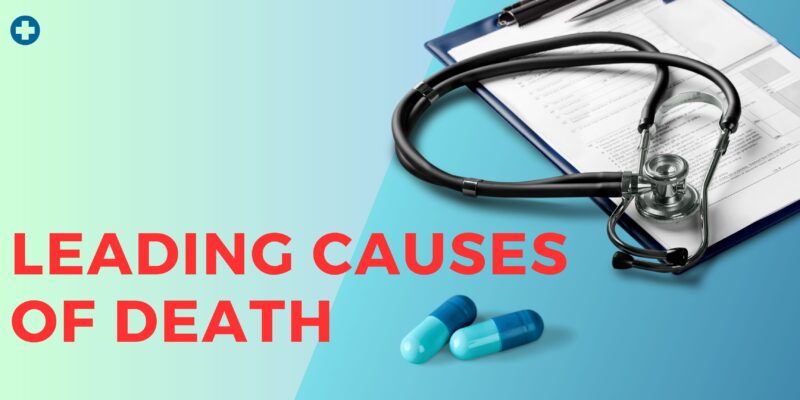How Many People Die Each Day in the US in 2025? And What’s Behind It
Every single day in the United States, an estimated 8,990 people lose their lives. That staggering number isn’t just a statistic—it’s a daily reflection of the nation’s public health landscape, societal changes, and the evolving face of medicine. With a population nearing 346 million, understanding these figures helps us grasp the health challenges facing the … Read more






